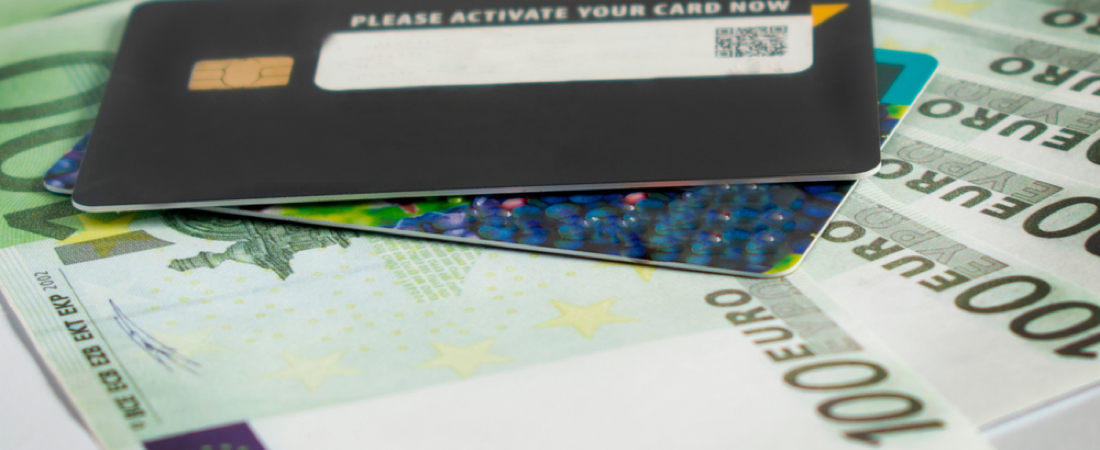Aug 27, 2018
What Are Cash Back Cards and What Are the Benefits?
Cash back is only the beginning.

We all spend our money—hopefully, not too much of it. Wouldn’t it be nice to be rewarded for that spending? To earn kickbacks for something you’re going to do anyway?
That’s the idea behind cash-back credit and debit cards, which can earn you points, miles, or cash-back on a number of day-to-day purchases.
What are cash-back credit cards?
Cash back credit cards can be a simple way to earn when you spend. These cards pay holders back a small percentage of cash for every purchase they make.
Different cards have different rewards plans. Some cards provide a standard percentage cash-back option, while others offer additional benefits.
Other types of cash-back credit cards offer higher cash-back options on certain purchases, such as shopping at gas stations and grocery stores, or on online platforms such as Amazon or eBay. Some cards might also provide higher cash-back options on seasonal purchases that may rotate depending on the time of year.
What are cash back debit cards?
Some debit cards also have cash-back features and rewards.
These cards are less common than cash-back credit cards, but cash-back debit cards are growing in popularity. Why? Because it’s the closest you’ll get to having your bank give you money for using your money.
The difference between debit and credit cards is that debit cards deduct funds from your checking account, while credit cards use a line of credit that you pay back each month—effectively, you’re borrowing the money.
It’s important to check the terms of debit cash back cards. Many reward debit cards will offer points or miles instead of actual cash-back options. You can then redeem points for various products or airline tickets.
What are the benefits and drawbacks of cash-back credit cards?
While users reap the benefits of cash-back credit cards in the form of cash, they often have restrictions. Here are three to watch out for:
- Annual fees—Cash-back cards may have an annual fee, meaning your cash back could be eaten up by how much you pay each year to maintain the card account.
- Higher interest rates—APR rates tend to be higher on cash-back credit cards, to pay for the program.
- Cash-back caps—Some cards have a caps or conditions on how much cash back you can receive during the course of a year.
What are the benefits and drawbacks of cash-back debit cards?
Like cash-back credit cards, the main benefit of cash-back debit cards are the rewards you receive in the form of points, miles, or cash. But they, too, have their disadvantages.
- Minimum Balances—Issuers may require your checking account balance to be above a certain amount every month in order to avoid fees.
- Annual card fees—An annual fee may be applied for the privilege of earning points, miles, or cash back on your purchases. It may take a significant amount of spending to break even on the annual fee.
- Overdraft fees—Spending more than what you may have in an account can lead to costly overdraft fees, which can average over $30. This can easily wipe out any cash back rewards or other earnings.
What should you consider doing with all of those rewards?
It’s fun to be rewarded. You can reward yourself with an ice cream cone, or by saving for the future with Stash. All it takes is $5 to get started.
Related Articles

The 2024 Financial Checklist: A Guide to a Confident New Year

9 Ways to Celebrate Financial Wellness Month

Budgeting for Young Adults: 19 Money Saving Tips for 2024

The Best Personal Finance Books on Money Skills, Investing, and Creating Your Best Life for 2024

What Is a Financial Plan? A Beginner’s Guide to Financial Planning

How to Save Money: 45 Best Ways to Grow Your Savings





